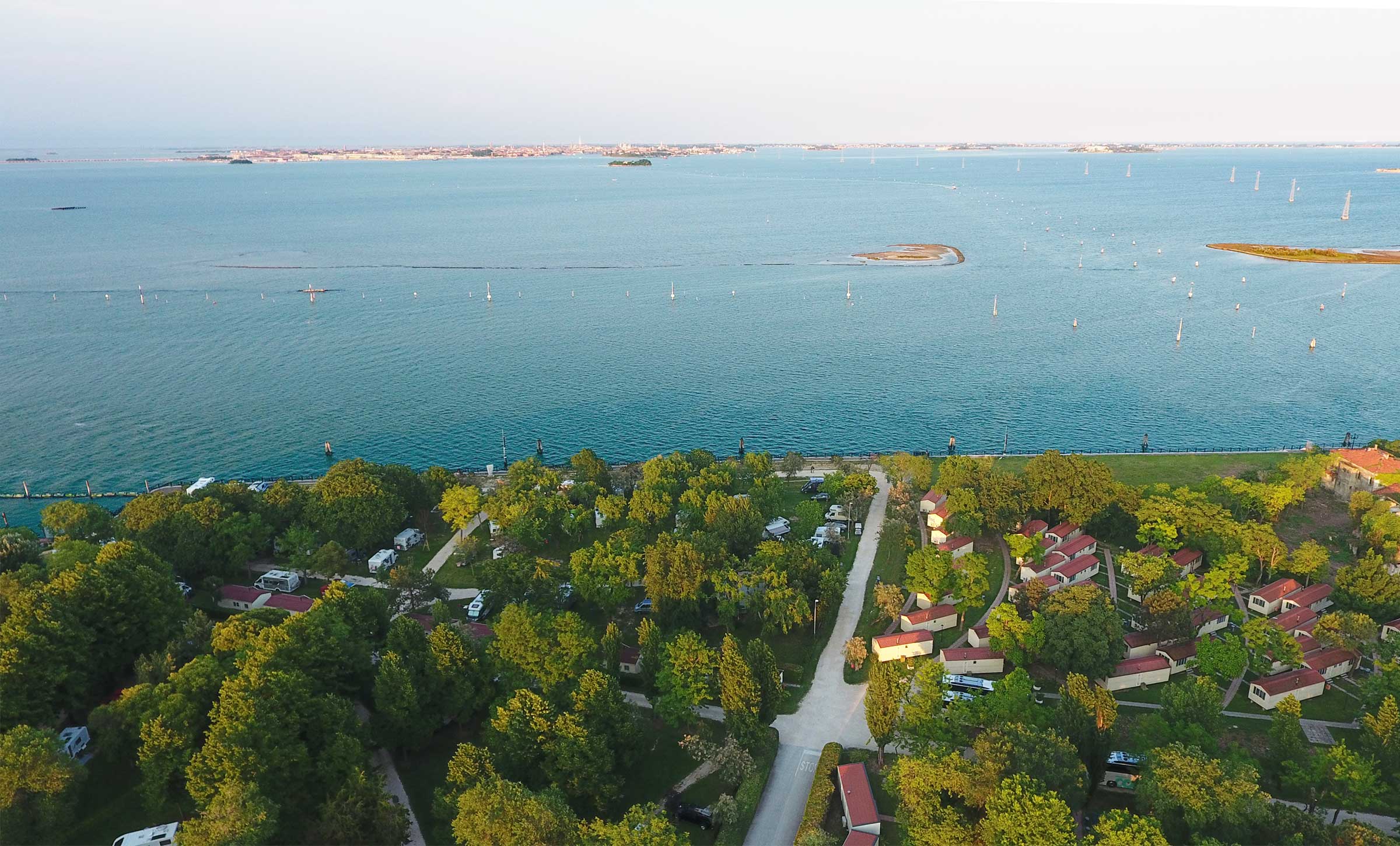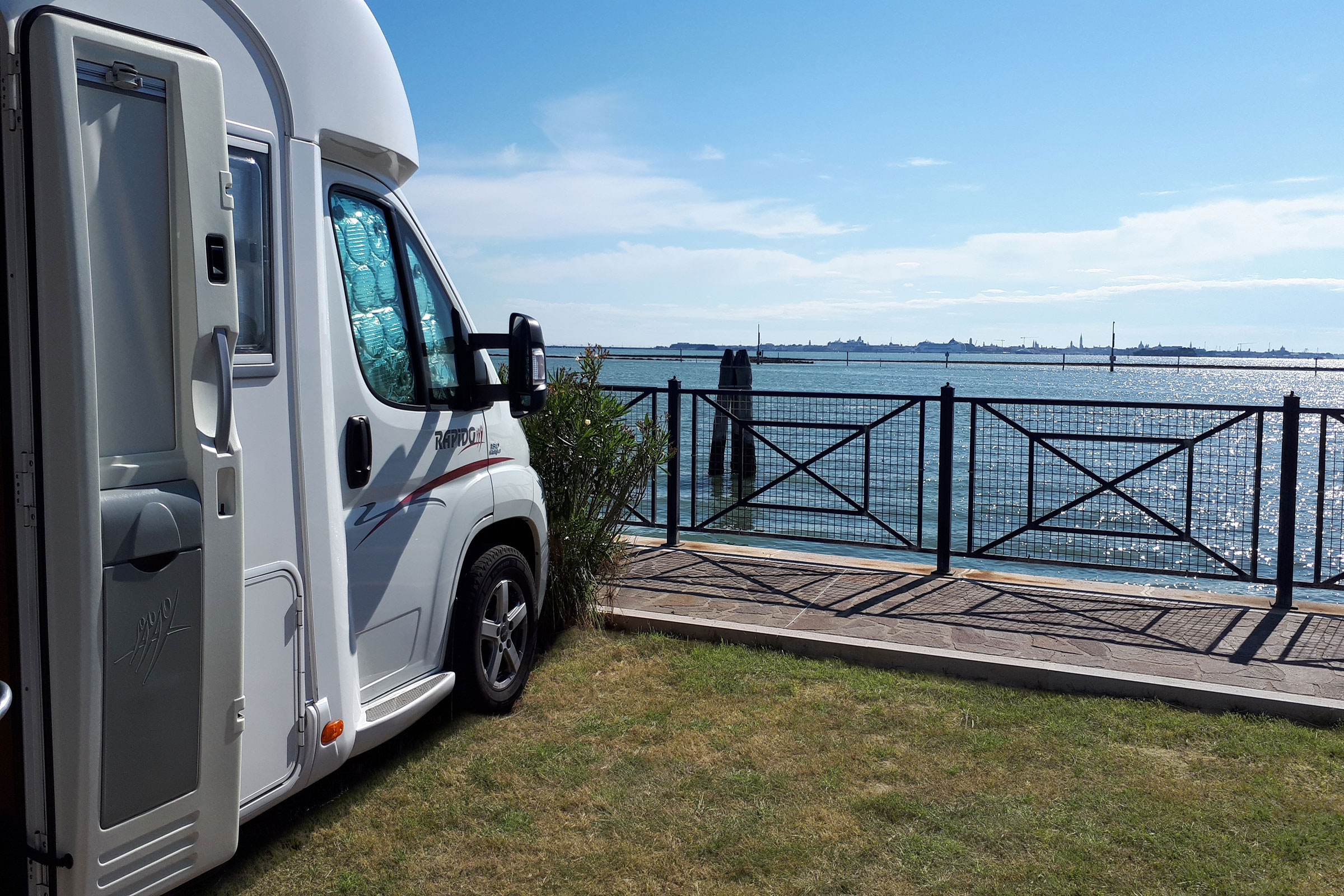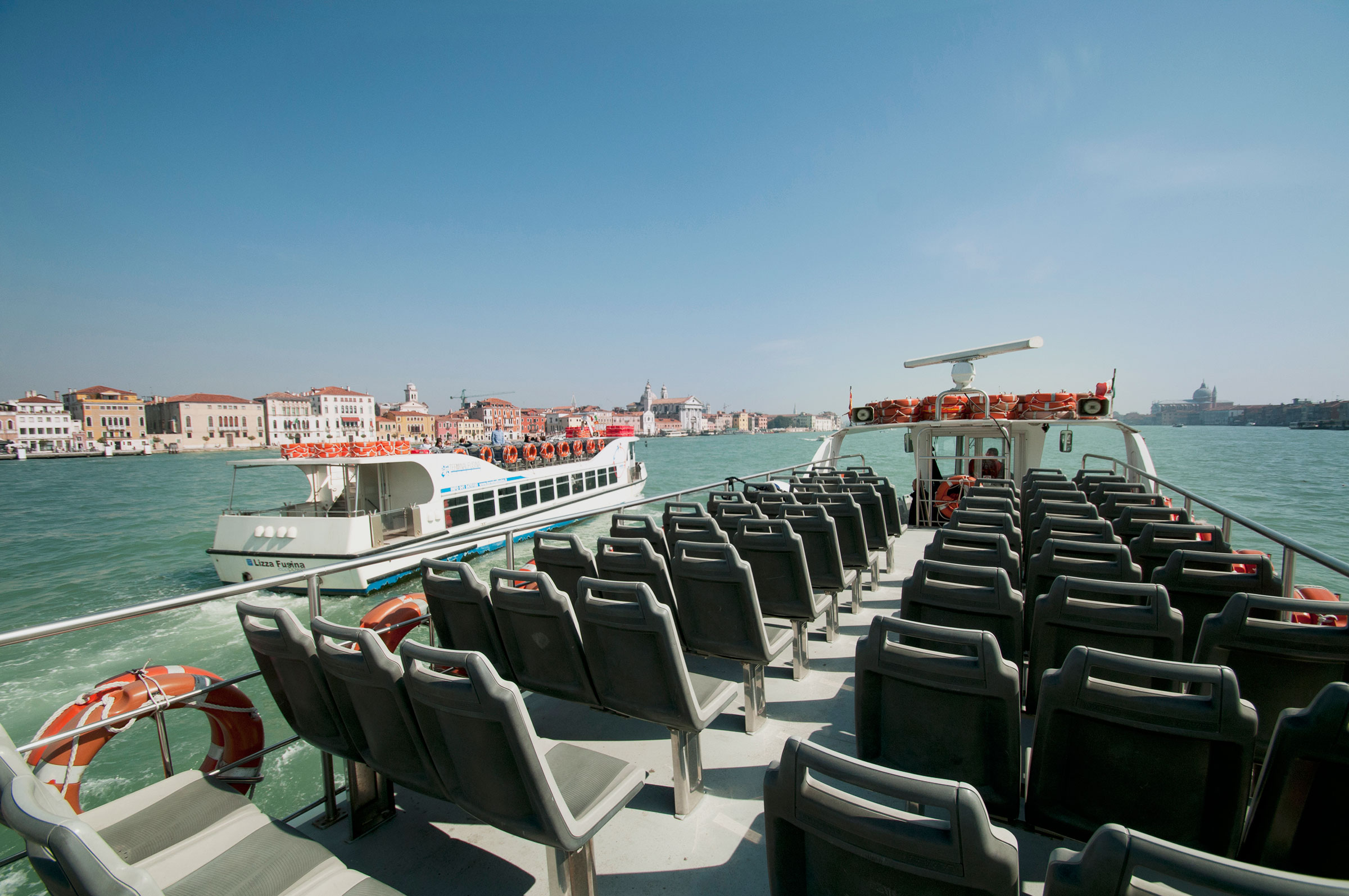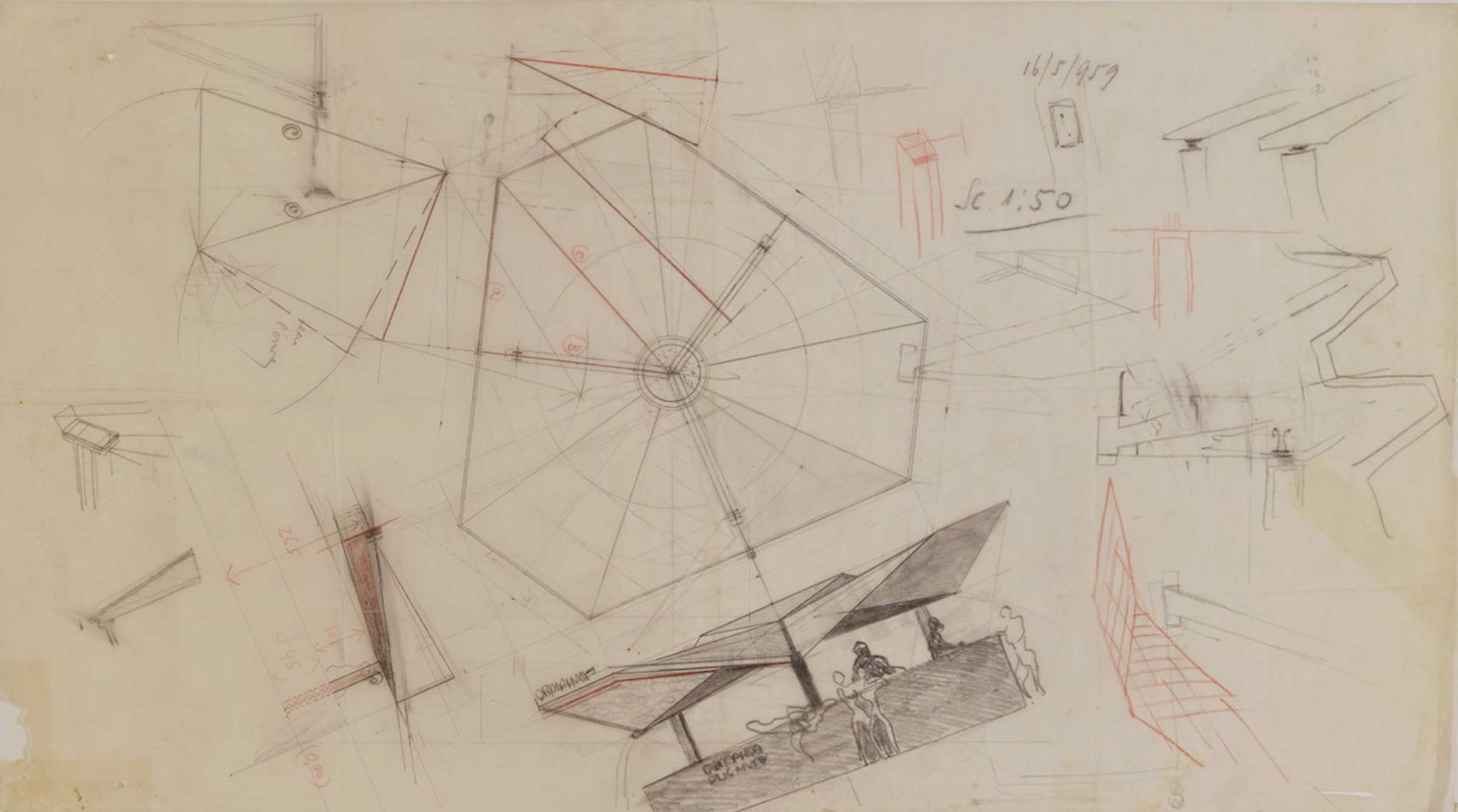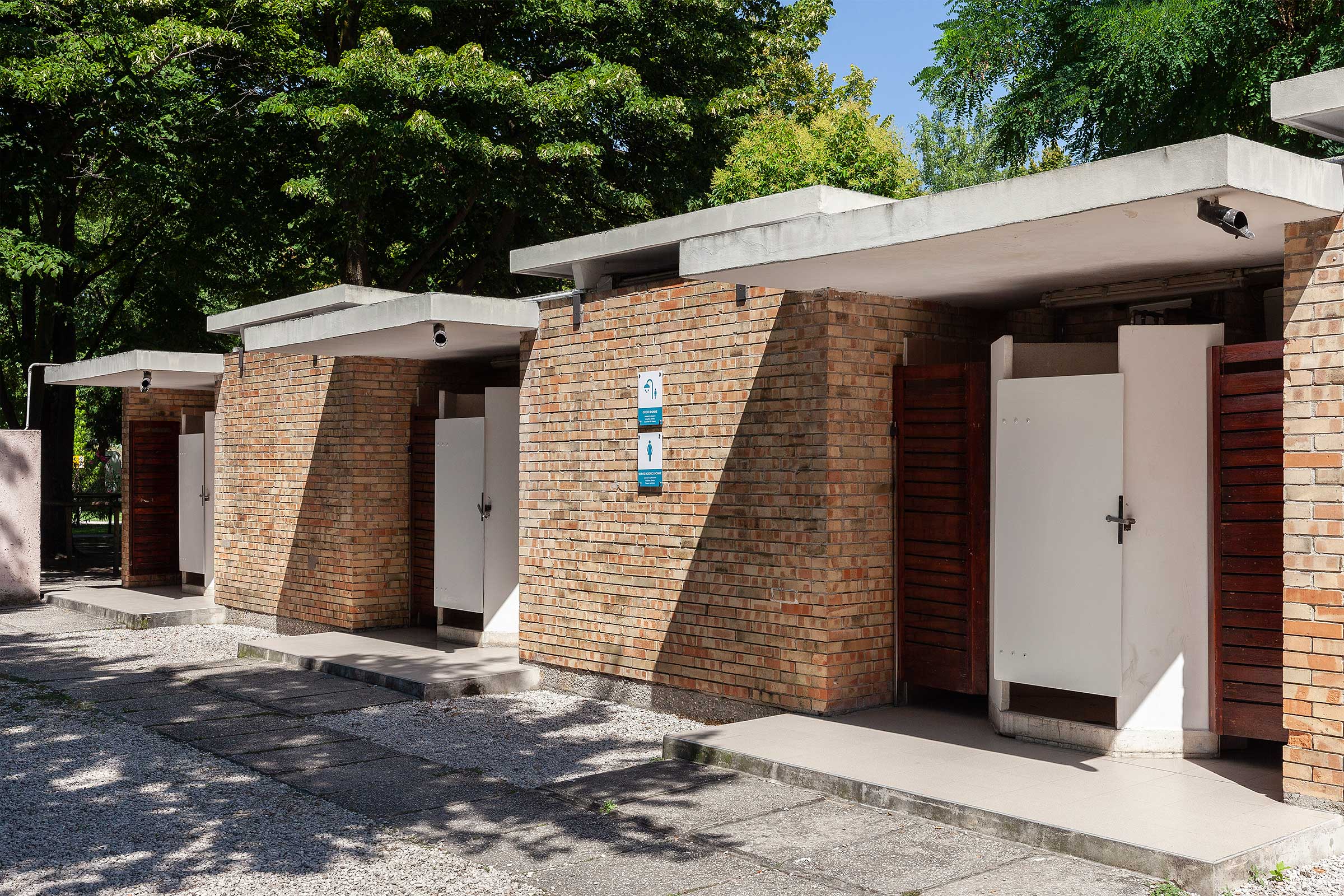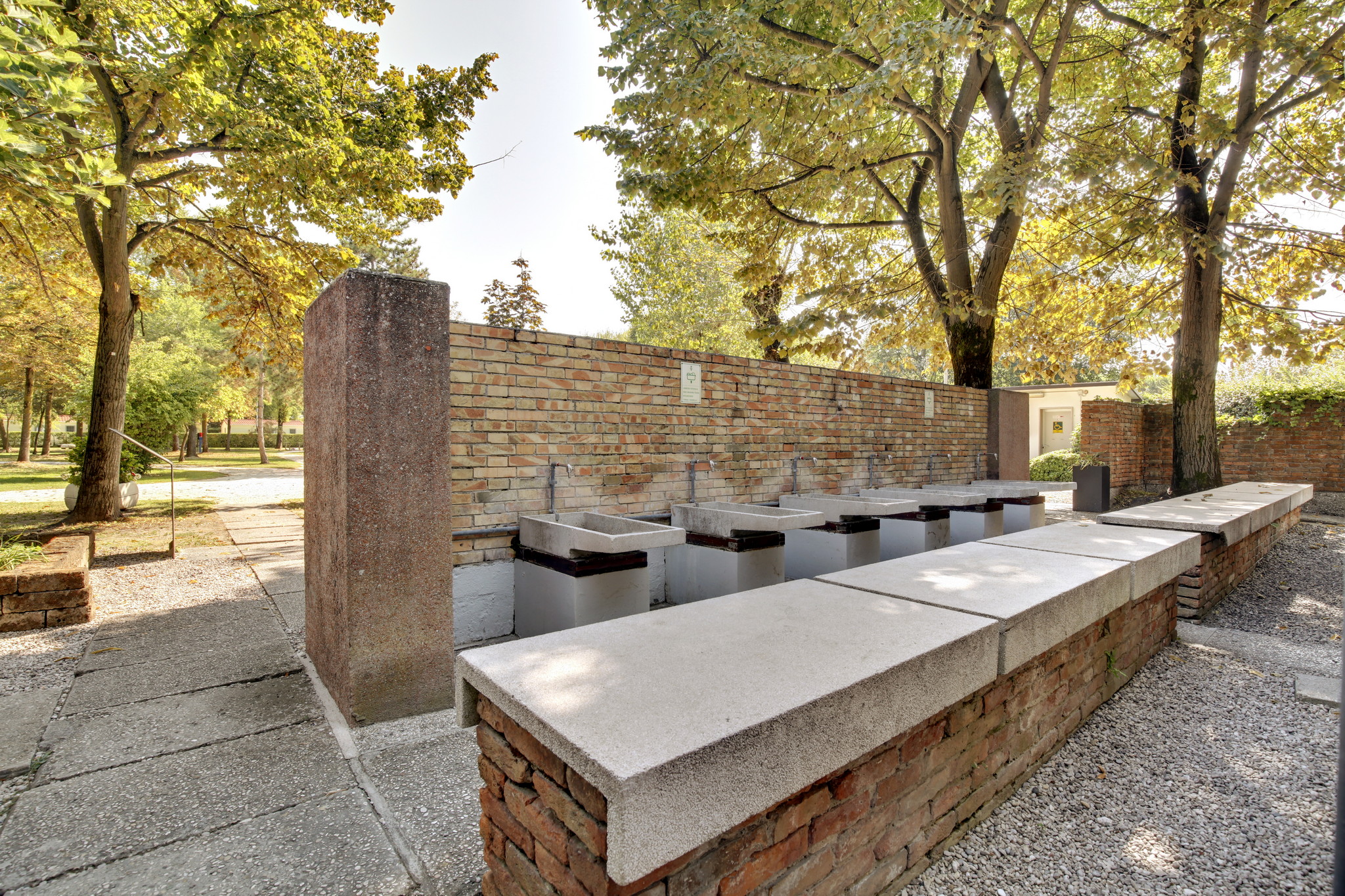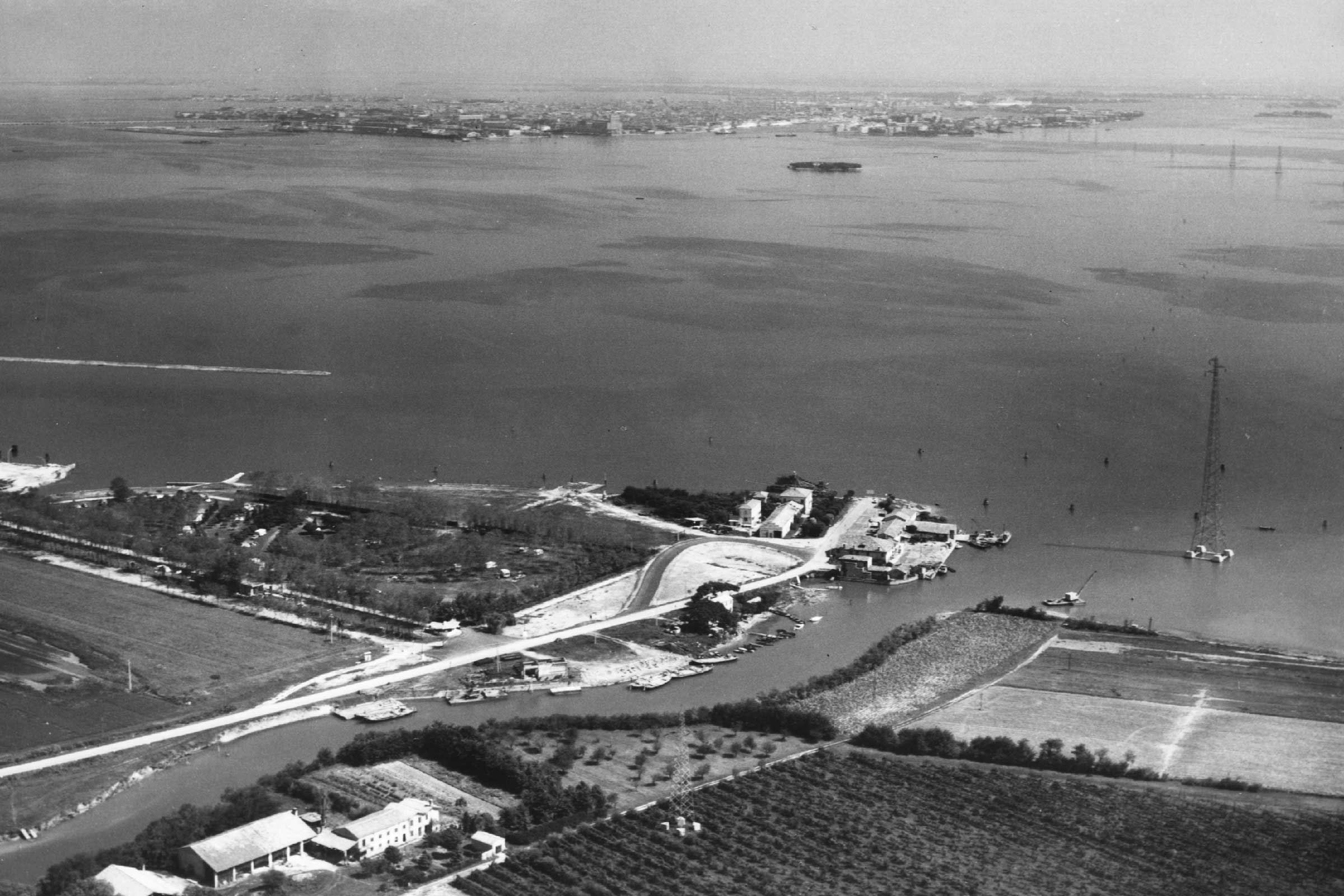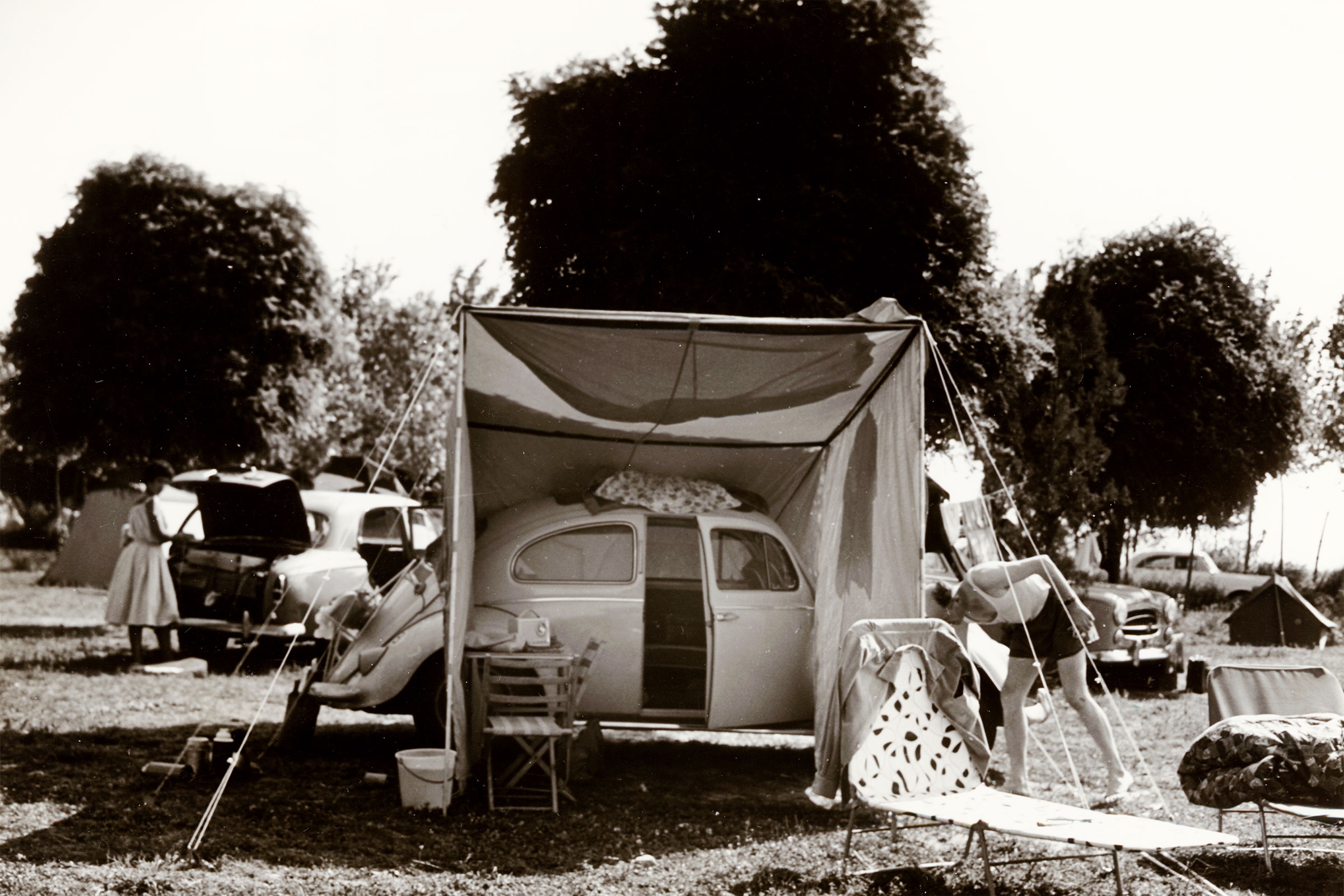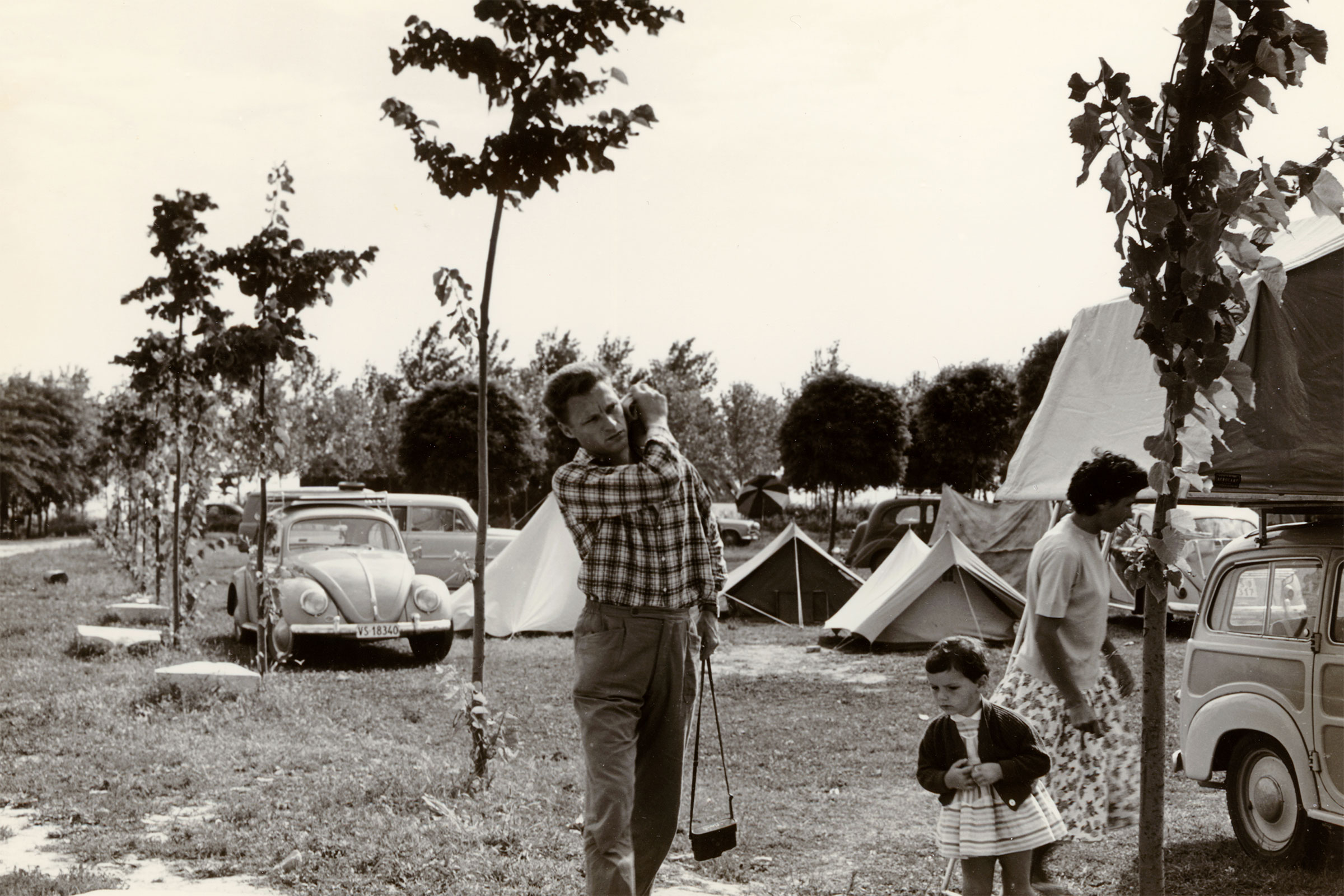The privileged position
A campsite to discover, a crossroad between the land and the sea.
Camping Fusina is the only camping which overlooks the lagoon, offering you an exclusive view over Venice. Its unique position allows you to reach it wether by car or from the water, from the lagoon's pearl, Venice, thanks to its ferrylines connection, or from the close Ro Port Mos Terminal, for arrivals and departures to and for Greece and Croatia.
The peninsula formed by Camping Fusina is a strip of land which extends itself between two waters:
on one side the wonderful Lagoon, with its local vegetation, its typical salt marshes, its brackish water mirrors and its litte towns, where time seems to have stopped, on the other side the suggestive Naviglio of the Brenta river, with its typical and characteristic perfumes and colors, its revolving bridges and its marvelous Venetian Villas. A unique and unrepeatable scenario, oscillating between the lagoon and the river ecosystems,
molded by a perfect balance, which gets lost in the end in the Adriatic Sea.


 Italiano
Italiano 